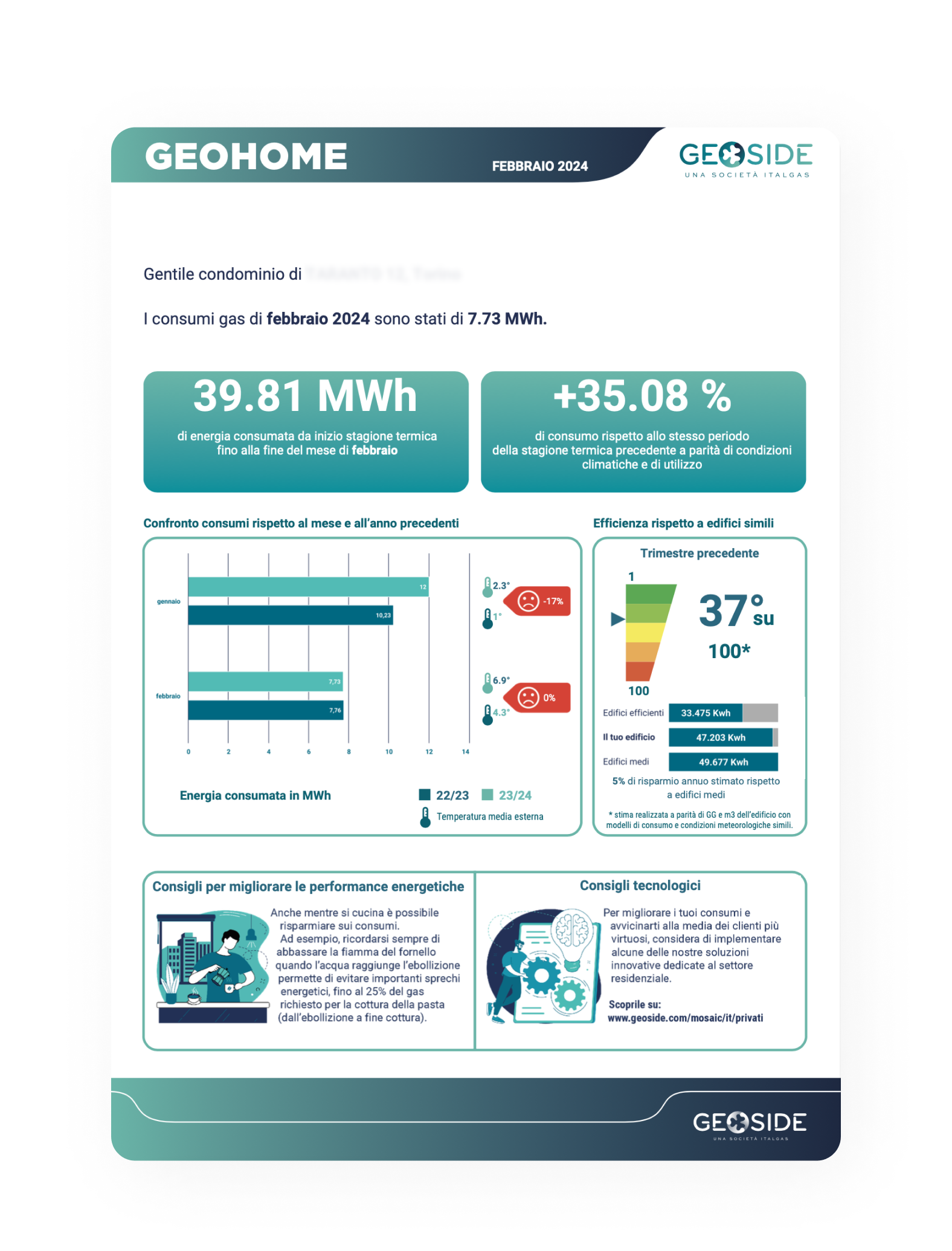The first phase of the energy efficiency path and the main analysis tool available to the company
Italy has achieved a huge improvement in energy efficiency over the last few years, thanks to the national targets set in the National Integrated Energy and Climate Plan 2030 (NIECP). However, there is still plenty of potential for energy savings that can be addressed through innovative energy efficiency measures and financial incentives.
As of 4 July 2014, the Energy Diagnosis Obligation (DEO) was introduced for all large and energy-hungry companies, with the requirement to renew the procedure every four years.
With the introduction of Legislative Decree 102/2014, obliged parties are required to monitor the loads defined by the ENEA guidelines and to submit an energy diagnosis by the end of December 2023, using the data acquired during 2022 as a reference.
With the publication of Legislative Decree 73/2020, some updates were introduced, including the obligation for energy-intensive companies to carry out at least one efficiency intervention of those proposed in 2019 by 2023.
What might seem like an additional legislative imposition, however, can actually be a huge opportunity to reduce your company’s energy consumption by 5% to 30%.
An energy diagnosis audit can identify the main areas of waste and the energy efficiency interventions to be carried out in order to achieve energy savings on consumption.
The phases of the energy efficiency path
1. Data collection and analysis with Savemixer In this first phase, our technicians collect all the data relating to overall energy performance and that of specific areas.
• Inspection and verification: during this phase, plant consumption is analysed using Savemixer, creating energy models based on the data obtained.
• Processing of the findings : using Savemixer Machine Learning algorithms, the data collected will be used to reconstruct a real and effective baseline of optimal energy consumption.
• Benchmark analysis: the company’s internal energy consumption data is compared with industry KPIs, i.e. those of other external companies in the same industrial sector.
• Reports, proposed interventions and energy consumption predictions: based on the results obtained, Geoside returns a report on the company’s energy consumption and identifies efficiency improvement interventions. 2. Implementation of efficiency measures The investment can be made as a direct purchase or in ESCo mode a through an EPC contract. The EPC contract requires the ESCo to carry out energy efficiency upgrading and improvement of plants and buildings owned by the customer. The investment is borne by the ESCo. For the duration of the contract, the customer pays the ESCo a portion of the guaranteed energy savings generated by the interventions. 3. Operation A fundamental part of the efficiency improvement path is the regular monitoring of consumption reduction through the Savemixer software. The software makes it possible to immediately identify areas of high consumption and identifies critical points, so as to prevent energy drift and the associated waste. 4. Energy saving and UNI CEI EN ISO 50001:2018 certification Obtaining UNI CER ISO 50001 certification generates immediate and sizeable benefits:
• Enhancement of the company and brand
• Increased competitive advantage in the reference market
• Preferential access to calls for tenders and incentives
• Reduced environmental impact
Furthermore, companies with ISO 50001, EN ISO 14001 or EMAS certification are not obliged to carry out an energy diagnosis if their system includes an energy audit carried out in accordance with the requirements of Annex 2 to Legislative Decree 102/14.
During the diagnosis, the processing and interpretation of data is extremely important. This is why Geoside has invested its decades of experience into the development of Savemixer.
Savemixer is the only Predictive Energy Analytics tool that can use predictive consumption models to predict a company’s consumption data and identify areas of waste. In addition, the tool can perform Business Intelligence functions, Predictive Analytics and Big Data analysis. Other software in this market only allows consumption to be monitored, but not traced back to the company’s characteristic usage factors, such as sales, production, or external factors such as weather data.

